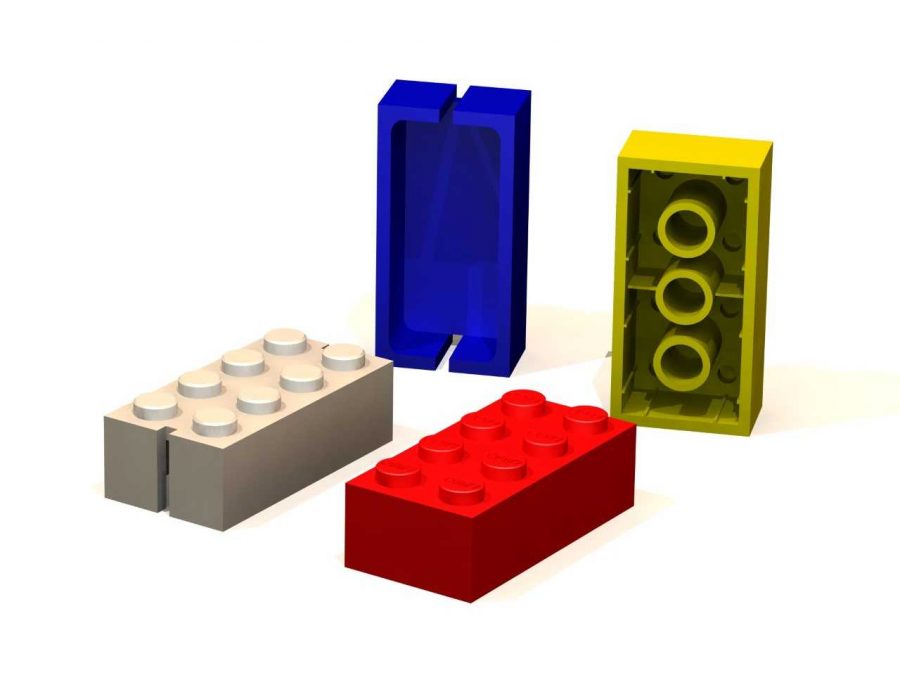The History of Legos
April 25, 2019
You may have heard of those colorful interlocking bricks called Legos… Well, the history behind the popular toy is a rich one.
It all started with one man with one dream — to make the best toys for children. Ole Kirk Christiansen was a talented Danish carpenter who found his business failing not long after his wife passed away. Christiansen was left with four sons and no means of sustaining them. Not one to give up, he decided to make toys.
Luckily, he had enough wood left over from his carpentry business begin wooden toy production and the business went well, especially after one of his sons, Godtfred, began helping out after school.
Word spread that his toys were of the finest quality and soon, a wholesaler had placed a large order for Christmas. With this commission, Christiansen had enough money to hire back his old workers, who toiled day and night for weeks. Sadly, halfway through the order, the company received a letter that the wholesaler had filed for bankruptcy.
Ever persistent, Christiansen decided to sell the toys himself. He drove from store to store, but sales remained slow. Deciding his company needed a name to help spur business, he decided on “Leg Godt,” meaning “playing well” and which eventually shortened it to the name we know today: “LEGO. ” In Latin, the name means, “I put together.”
Business began picking up and all progressed smoothly until a stormy night in 1942 when a power-line snapped, starting a fire. It burned the workshop to the ground along with all drawings, prototypes, and materials. Christiansen saw this as a challenge and rose to the occasion.
After rebuilding, the LEGO chairman traveled to Copenhagen to watch a new, plastic-molding machine in action. During the demonstration, the machine mass-produced small, plastic bricks. Christiansen purchased the machine, pocketed one of the tiny bricks, and went back home to produce plastic teddy bears and rattles. The original demonstration brick was never far from his mind, however. Eventually, he redesigned the bricks and began marketing them as the LEGOs we know today.
Christiansen’s son Godtfred travelled Denmark marketing the LEGOS, which proved to be big sellers. The only complain was that the bricks would fall apart easily and long, creative hours of play would end in a pile of bricks. He noticed the bricks stuck together better with tubes inserted into the middles. The rest is history. The only thing that could stop a child’s creativity from this point forward, was his/her own imagination.
Sadly, Christiansen did not live long enough to see the huge success of his modest, little bricks, which children around the world now create and build with on a daily basis.



